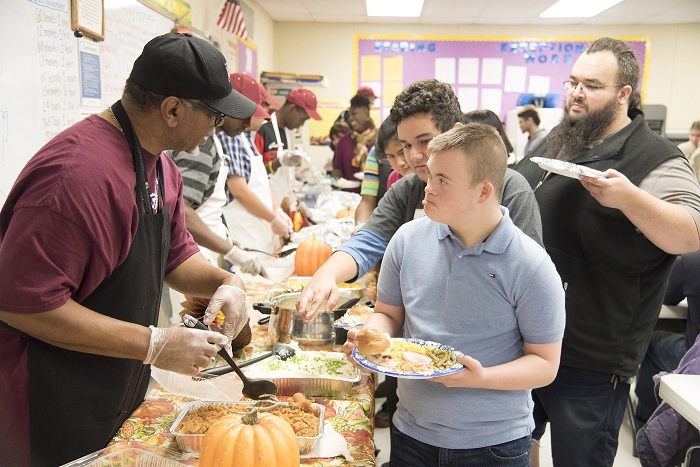For young people having disabilities, it is a really challenging process to make important transitions to adulthood. There are 5 components that can help the adult transition process easy and smooth. With the help of these key components, the support people can make the process of transition easier and smoother. This article entails the five components of an adult transition program for a successful life after high school. These tips can help the support team of young people with disabilities; explore the possibilities and opportunities to achieve their goals and dreams.
1. Potential Possibilities
If you are part of the support team of a young person who is going through the transition process, you must elaborate them the possibilities they can have in the future. Engage them more and more in the concrete discussion, by sharing success stories of real-world people with disabilities. You can start it with people around you, and take it to celebrities and famous people. While sharing these examples, show them the possibilities they can have, inspire them to maintain high expectations for the future, listen to their apprehensions and dreams, and counsel them if they have any worries.
2. Connect with inner-circle
To make the adult transition program more effective, connect with the inner circle of the young person. Talk to their parents, peers, or teachers for information sharing. If any of them need any help or support to support, counsel them, and also connect them with forums from where they can get information easily, or ask questions, and discuss their apprehensions about the transition phase. Connecting with families of other people and their families, who have effectively made the transition process, can help enormously. To know the positive outcomes of the transition program and effective measures, so spend time with peers who have navigated this phase successfully.
3. Identify interest and potential
You can effectively assist for adult transition program by assessing the capabilities and skills of young persons with disabilities. Knowing their work experiences and their skills is the key to devise an effective program. In order to assist them with the transition, you must know the academic background of a student so that you can help them pursue a career based on their competencies and knowledge. A young student can communicate easily with the members of the transition team and prospective employers if he knows and realizes his likes, dislikes, support needs, and competencies. Help your students connect with real work experiences to develop their skills and explore various careers to determine which work environment and culture resonates with their potential and capabilities.
4. Community Engagement
In order to prepare a young student for adult life, expand the community engagements. Relying on schools to refer you to agencies, can limit potential opportunities for support. Knowing the available resources can help you abundantly ineffective transition program process because quite often families have access to a little or incomplete information about a support program. However, if you broaden your community net, you can have knowledge and access to more resources and services. Picking a transition program can become easier because of a variety of available choices.
5. Inculcate Self-efficacy
By fostering self-efficacy and goal-setting, you can build self-efficacy in young people who need support. They will start seeing themselves as capable and important individuals which can benefit them a lot in the adult transition programs. You can speed up the process by pushing them and inspiring them to set goals for themselves and achieve those goals. If an individual knows how to set and achieve goals, they gain a sense of importance for themselves, as view themselves as capable individuals.
Steps for goal-setting and self-efficacy building:
Young people with disabilities can have a smoother adult transition program with the help of self-worth they gain from goal-setting. The steps include:
Identify and connect their interests with work
Explore a student’s interest by observing them and listening to their likeness. You can help them set goals for themselves by connecting and linking their interests with work requirements, job skills, and environments. They can get a clear idea about goal-setting by meeting with those people who do jobs related to that interest, and by exploring local opportunities based on their area of interest. Once a student has explored several options, assist them to assess their goals by weighing their pros against cons.
Model the goal-setting process
Once a student has identified the interest and goals, assist them in achieving those goals by telling them the roadmap for achieving that goal. Help them identify steps that are necessary to achieve that goal, and also layout a friendly timeline for successfully achieving that goal.
Action Plan
The next step is to assist your student in devising a plan of action for achieving their set goals. To make it simple, you can break down the overall goal into small steps, which students should accomplish in a given timeframe. Achieving small milestones will amount to achieving the big goal while building positive energy and confidence in parallel.
Appreciate
Appreciation will help students believe in themselves, have faith in their competence, and view themselves as successful people.
Conclusion
People with special needs require special treatment to effectively contribute to society. This guide can help you in effectively devising adult transition programs so that they can live a successful and productive life beyond the classroom. For more in-depth guidance and strategies on adult transition programs, talk to professionals at Ala Costa and see what they have to offer for the successful transition of young adults with disabilities.
